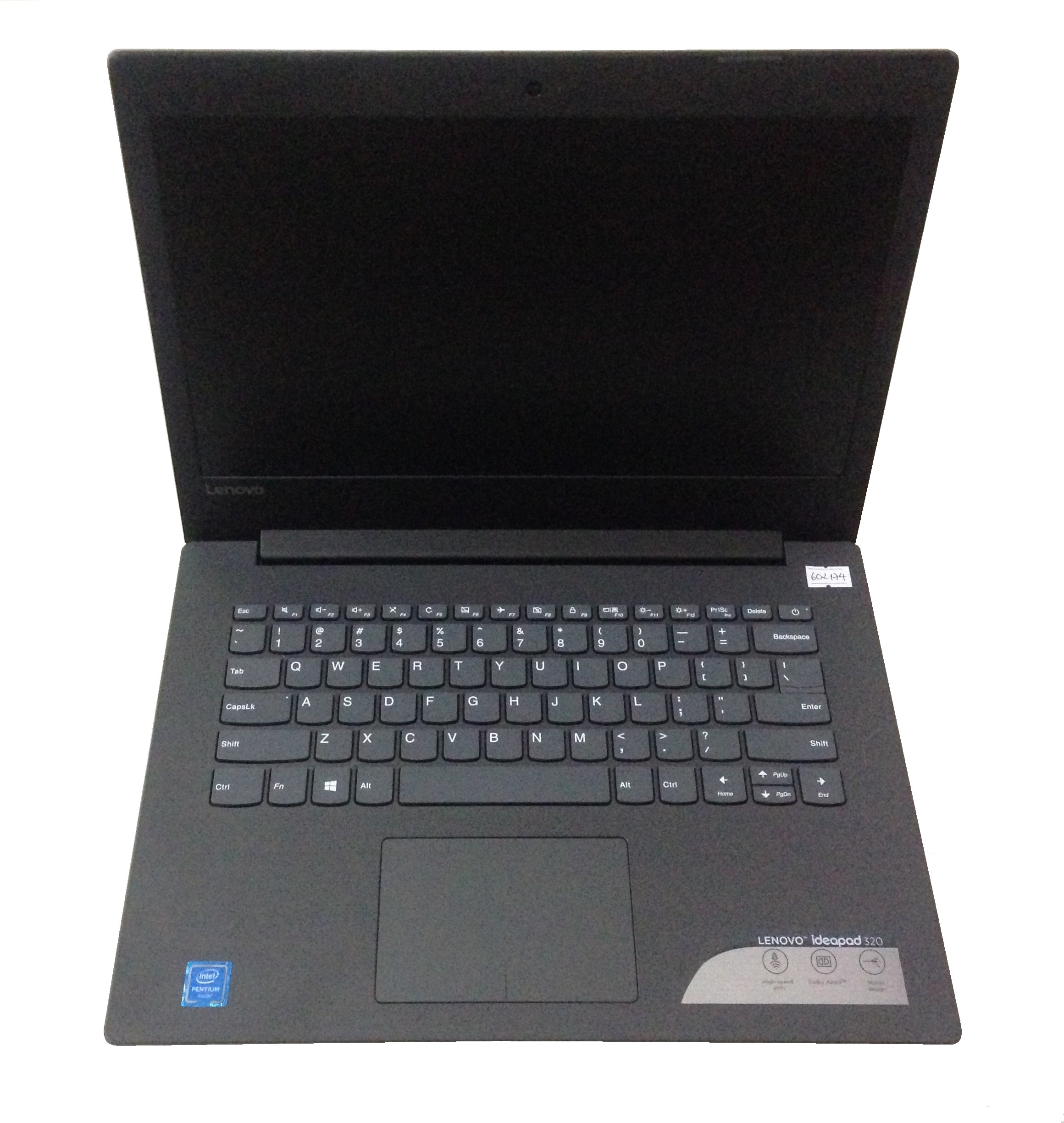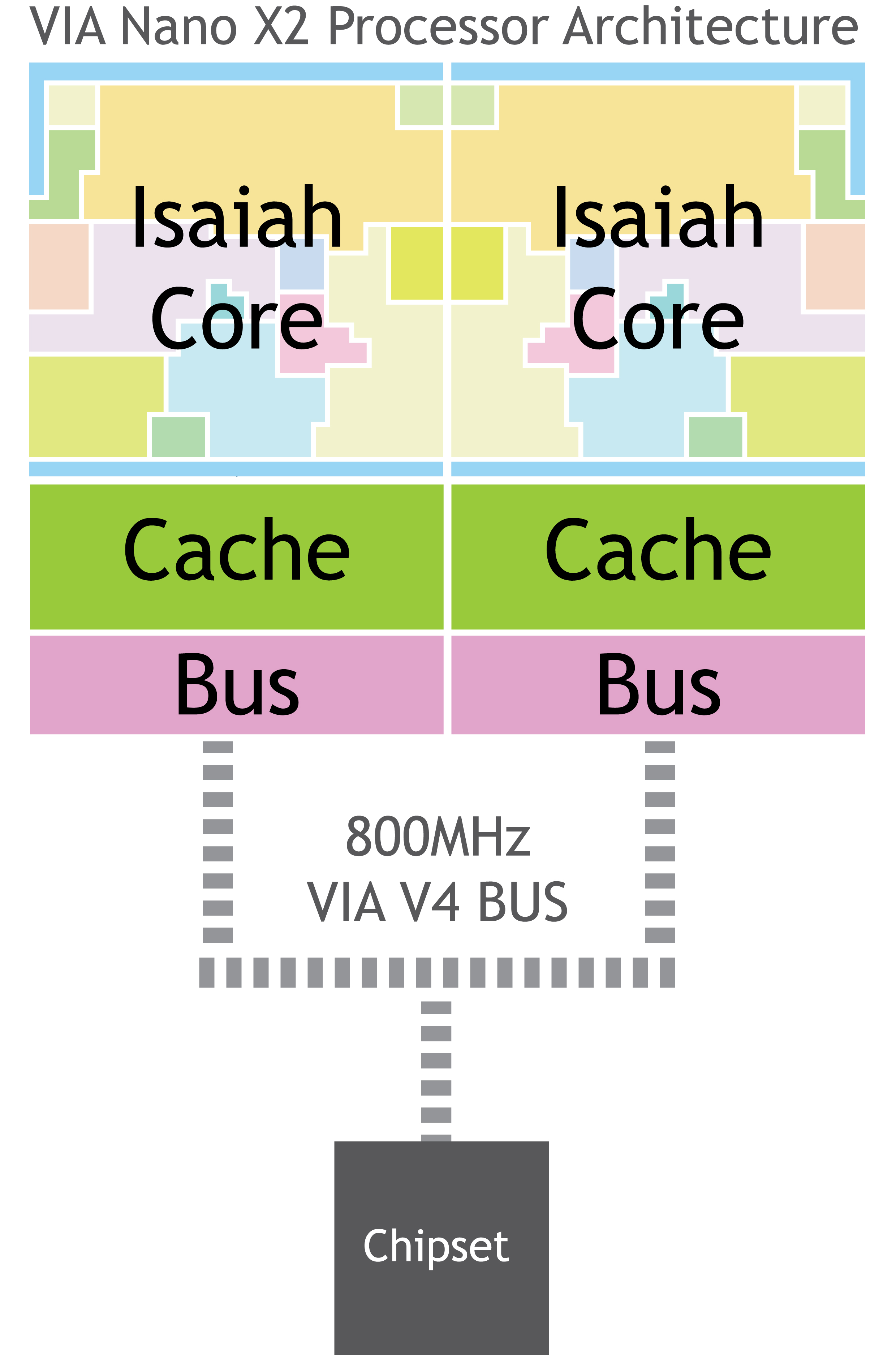|
Lenovo IdeaPad S12
The IdeaPad S12 is a line of consumer-oriented netbook computers designed by Lenovo. It is a model in the IdeaPad series and their first netbook to have a 12" screen. The computers were put on the market in 2009 and currently come in black and white. Description It contains either an Intel Atombr>N2701.6 GHz processor or a Via Nano 1.3 GHz processor. They support 802.11 b/g wireless networking and come with three USB ports, an ExpressCard/34 expansion slot, a 4-in-1 media reader, VGA and HDMI outputs and an ethernet port. The S12 is one of the first netbooks to support nVidia's ION platform for mobile HD video playback. Past revision The IdeaPad S12 has a base price of (USD) $449 for the Intel Atom N270 model and (USD) $429 for the Via Nano ULV 2250. It features a 12.1" 1280×800 WXGA display with a 160GB hard disk drive, which can be upgraded by removing the keyboard and 1 GB DDR2 SDRAM, which is easily upgraded via a user access panel on the bottom of the netbook. C ... [...More Info...] [...Related Items...] OR: [Wikipedia] [Google] [Baidu] |
IdeaPad
IdeaPad (stylized as IDEAPΛD and formerly ideapad) is a line of consumer-oriented laptop computers designed, developed and marketed by Lenovo. The IdeaPad mainly competes against computers such as Acer's Aspire, Dell's Inspiron and XPS, HP's Pavilion, Envy and Stream, Samsung's Sens and Toshiba's Satellite. History The IdeaPad laptops were announced in January 2008. The first three models in the product line were the Y710, the Y510, and the U110. Some of the features that defined these first three models were widescreens, VeriFace facial recognition, frameless screens, touch controls, and Dolby speaker systems. The IdeaPad design marked a deviation from the business-oriented ThinkPad laptops, towards a more consumer-oriented look and feel. Among these changes were a glossy screen and the absence of the traditional ThinkPad TrackPoint. Notebook Review said the keyboard had a ‘"distinctive ThinkPad feel" and "the touchpad and touchpad buttons were smooth and responsive." ... [...More Info...] [...Related Items...] OR: [Wikipedia] [Google] [Baidu] |
Touchpad
A touchpad or trackpad is a pointing device featuring a tactile sensor, a specialized surface that can translate the motion and position of a user's fingers to a relative position on the operating system that is made output to the screen. Touchpads are a common feature of laptop computers as opposed to using a mouse on a desktop, and are also used as a substitute for a mouse where desk space is scarce. Because they vary in size, they can also be found on personal digital assistants (PDAs) and some portable media players. Wireless touchpads are also available as detached accessories. Operation and function Touchpads operate in one of several ways, including capacitive sensing or resistive touchscreen. The most common technology used in the 2010s senses the change of capacitance where a finger touches the pad. Capacitance-based touchpads will not sense the tip of a pencil or other similar ungrounded or non-conducting implements. Fingers insulated by a glove may also be problemat ... [...More Info...] [...Related Items...] OR: [Wikipedia] [Google] [Baidu] |
NVIDIA ION
Nvidia Ion was a product line of Nvidia Corporation intended for motherboards of low-cost portable computers. It used graphics processing units and chipsets intended for small products. Description Nvidia Ion products included a GeForce 9M (9xxxM) series MCP79MX (with integrated GeForce 9400M G GPU) chipset, DDR3-1066 or DDR2-800 SDRAM, and the Intel Atom processor. The original reference platform was based on a Pico-ITXe motherboard designed for netbook and nettop devices. In February 2009, Microsoft certified the Ion-based platform for Windows Vista. The small form factor Ion-based computers were released in mid-2009. Ion GPUs are DirectX 10.0 and OpenGL 3.3 compliant. They also support CUDA and OpenCL. They can play 1080p H.264, MPEG-2 and VC-1 video using VDPAU or PureVideo HD. ION-LE–based systems shared the same basic hardware as ION but lack Vista and DirectX 10 support. Nvidia announced that it would release the Ion platform for the VIA Nano processor some time ... [...More Info...] [...Related Items...] OR: [Wikipedia] [Google] [Baidu] |
NVidia
Nvidia CorporationOfficially written as NVIDIA and stylized in its logo as VIDIA with the lowercase "n" the same height as the uppercase "VIDIA"; formerly stylized as VIDIA with a large italicized lowercase "n" on products from the mid 1990s to early-mid 2000s. Though unofficial, second letter capitalization of NVIDIA, i.e. nVidia, may be found within enthusiast communities and publications. ( ) is an American multinational technology company incorporated in Delaware and based in Santa Clara, California. It is a software and fabless company which designs graphics processing units (GPUs), application programming interface (APIs) for data science and high-performance computing as well as system on a chip units (SoCs) for the mobile computing and automotive market. Nvidia is a global leader in artificial intelligence hardware and software. Its professional line of GPUs are used in workstations for applications in such fields as architecture, engineering and construction, media ... [...More Info...] [...Related Items...] OR: [Wikipedia] [Google] [Baidu] |
Ethernet
Ethernet () is a family of wired computer networking technologies commonly used in local area networks (LAN), metropolitan area networks (MAN) and wide area networks (WAN). It was commercially introduced in 1980 and first standardized in 1983 as IEEE 802.3. Ethernet has since been refined to support higher bit rates, a greater number of nodes, and longer link distances, but retains much backward compatibility. Over time, Ethernet has largely replaced competing wired LAN technologies such as Token Ring, FDDI and ARCNET. The original 10BASE5 Ethernet uses coaxial cable as a shared medium, while the newer Ethernet variants use twisted pair and fiber optic links in conjunction with switches. Over the course of its history, Ethernet data transfer rates have been increased from the original to the latest , with rates up to under development. The Ethernet standards include several wiring and signaling variants of the OSI physical layer. Systems communicating over Ethernet ... [...More Info...] [...Related Items...] OR: [Wikipedia] [Google] [Baidu] |
HDMI
High-Definition Multimedia Interface (HDMI) is a proprietary audio/video interface for transmitting uncompressed video data and compressed or uncompressed digital audio data from an HDMI-compliant source device, such as a display controller, to a compatible computer monitor, video projector, digital television, or digital audio device. HDMI is a digital replacement for analog video standards. HDMI implements the EIA/CEA-861 standards, which define video formats and waveforms, transport of compressed and uncompressed LPCM audio, auxiliary data, and implementations of the VESA EDID. CEA-861 signals carried by HDMI are electrically compatible with the CEA-861 signals used by the Digital Visual Interface (DVI). No signal conversion is necessary, nor is there a loss of video quality when a DVI-to-HDMI adapter is used. The Consumer Electronics Control (CEC) capability allows HDMI devices to control each other when necessary and allows the user to operate multiple devices with on ... [...More Info...] [...Related Items...] OR: [Wikipedia] [Google] [Baidu] |
TFT LCD
A thin-film-transistor liquid-crystal display (TFT LCD) is a variant of a liquid-crystal display that uses thin-film-transistor technology to improve image qualities such as addressability and contrast. A TFT LCD is an active matrix LCD, in contrast to passive matrix LCDs or simple, direct-driven (i.e. with segments directly connected to electronics outside the LCD) LCDs with a few segments. TFT LCDs are used in appliances including television sets, computer monitors, mobile phones, handheld devices, video game systems, personal digital assistants, navigation systems, projectors, and dashboards in automobiles. History In February 1957, John Wallmark of RCA filed a patent for a thin film MOSFET. Paul K. Weimer, also of RCA implemented Wallmark's ideas and developed the thin-film transistor (TFT) in 1962, a type of MOSFET distinct from the standard bulk MOSFET. It was made with thin films of cadmium selenide and cadmium sulfide. The idea of a TFT-based liquid-crystal display (L ... [...More Info...] [...Related Items...] OR: [Wikipedia] [Google] [Baidu] |
WXGA (graphics)
The graphics display resolution is the width and height dimension of an electronic visual display device, measured in pixels. This information is used for electronic devices such as a computer monitor. Certain combinations of width and height are standardized (e.g. by VESA BIOS Extensions, VESA) and typically given a name and an Acronym, initialism that is descriptive of its dimensions. A graphics display resolution can be used in tandem with the size of the graphics display to calculate pixel density. An increase in the pixel density often correlates with a decrease in the size of individual pixels on a display. Overview by vertical resolution and aspect ratio Aspect ratio The favored aspect ratio (image), aspect ratio of mass market, mass-market display industry (economics), industry production (economics), products has changed gradually from 4:3, then to 16:10, then to 16:9, and is now changing to 18:9 for smartphones. The 4:3 aspect ratio generally reflects older p ... [...More Info...] [...Related Items...] OR: [Wikipedia] [Google] [Baidu] |
Via Nano
The VIA Nano (formerly Code name#Commercial code names in the computer industry, code-named VIA Isaiah) is a 64-bit CPU for personal computers. The VIA Nano was released by VIA Technologies in 2008 after five years of development by its CPU division, Centaur Technology. This new Isaiah 64-bit architecture was designed from scratch, unveiled on 24 January 2008, and launched on 29 May, including low-voltage variants and the Nano brand name. The processor supports a number of VIA-specific x86 extensions designed to boost efficiency in low-power appliances. History Unlike Intel and AMD, VIA uses two distinct development code names for each of its CPU cores. In this case, the codename 'CN' was used in the United States by Centaur Technology. Biblical names are used as codes by VIA in Taiwan, and Isaiah was the choice for this particular processor and architecture. It is expected that the VIA Isaiah will be twice as fast in integer performance and four times as fast in floating-po ... [...More Info...] [...Related Items...] OR: [Wikipedia] [Google] [Baidu] |
Intel Atom
Intel Atom is the brand name for a line of IA-32 and x86-64 instruction set ultra-low-voltage processors by Intel Corporation designed to reduce electric consumption and power dissipation in comparison with ordinary processors of the Intel Core series. Atom is mainly used in netbooks, nettops, embedded applications ranging from health care to advanced robotics, mobile Internet devices (MIDs) and phones. The line was originally designed in 45 nm complementary metal–oxide–semiconductor (CMOS) technology and subsequent models, codenamed ''Cedar'', used a 32 nm process. The first generation of Atom processors are based on the Bonnell microarchitecture. On December 21, 2009, Intel announced the ''Pine Trail'' platform, including new Atom processor code-named ''Pineview'' (Atom N450), with total kit power consumption down 20%. On December 28, 2011, Intel updated the Atom line with the ''Cedar'' processors. In December 2012, Intel launched the 64-bit ''Centerton'' family of ... [...More Info...] [...Related Items...] OR: [Wikipedia] [Google] [Baidu] |
Gigahertz
The hertz (symbol: Hz) is the unit of frequency in the International System of Units (SI), equivalent to one event (or cycle) per second. The hertz is an SI derived unit whose expression in terms of SI base units is s−1, meaning that one hertz is the reciprocal of one second. It is named after Heinrich Rudolf Hertz (1857–1894), the first person to provide conclusive proof of the existence of electromagnetic waves. Hertz are commonly expressed in multiples: kilohertz (kHz), megahertz (MHz), gigahertz (GHz), terahertz (THz). Some of the unit's most common uses are in the description of periodic waveforms and musical tones, particularly those used in radio- and audio-related applications. It is also used to describe the clock speeds at which computers and other electronics are driven. The units are sometimes also used as a representation of the energy of a photon, via the Planck relation ''E'' = ''hν'', where ''E'' is the photon's energy, ''ν'' is its frequen ... [...More Info...] [...Related Items...] OR: [Wikipedia] [Google] [Baidu] |






